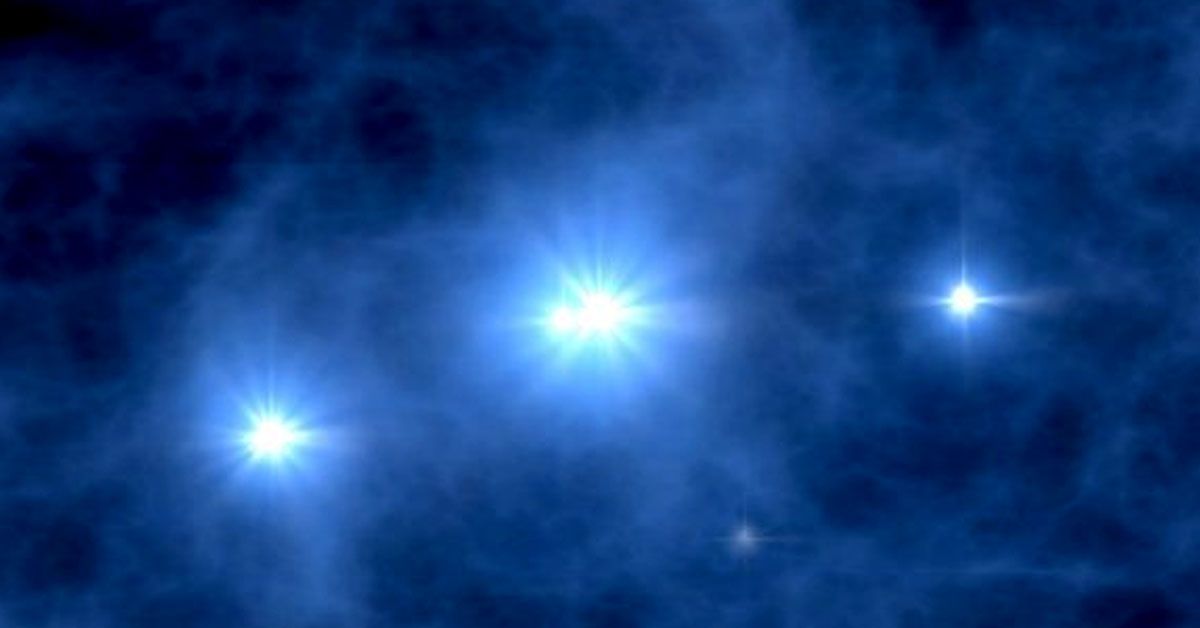Israeli astrophysicists from the Hebrew University of Jerusalem have cracked a puzzle that's been keeping the scientific community awake at night: the mystery of early massive galaxies. Using the James Webb Space Telescope, they discovered an excess of these colossal celestial bodies in the universe's first half-billion years.
This finding challenges long-standing theories about how galaxies form. The researchers have proposed a new theoretical model explaining this unexpected abundance, providing a fresh perspective on the universe's intriguing early days.
Could this mean that we've been wrong about galaxy formation all along?
The Research and Discovery: The Hebrew University of Jerusalem's Involvement
Astrophysicists from the esteemed Racah Institute of Physics at the Hebrew University of Jerusalem set forth on a quest for cosmic investigation steered by Prof. Avishai Dekel.
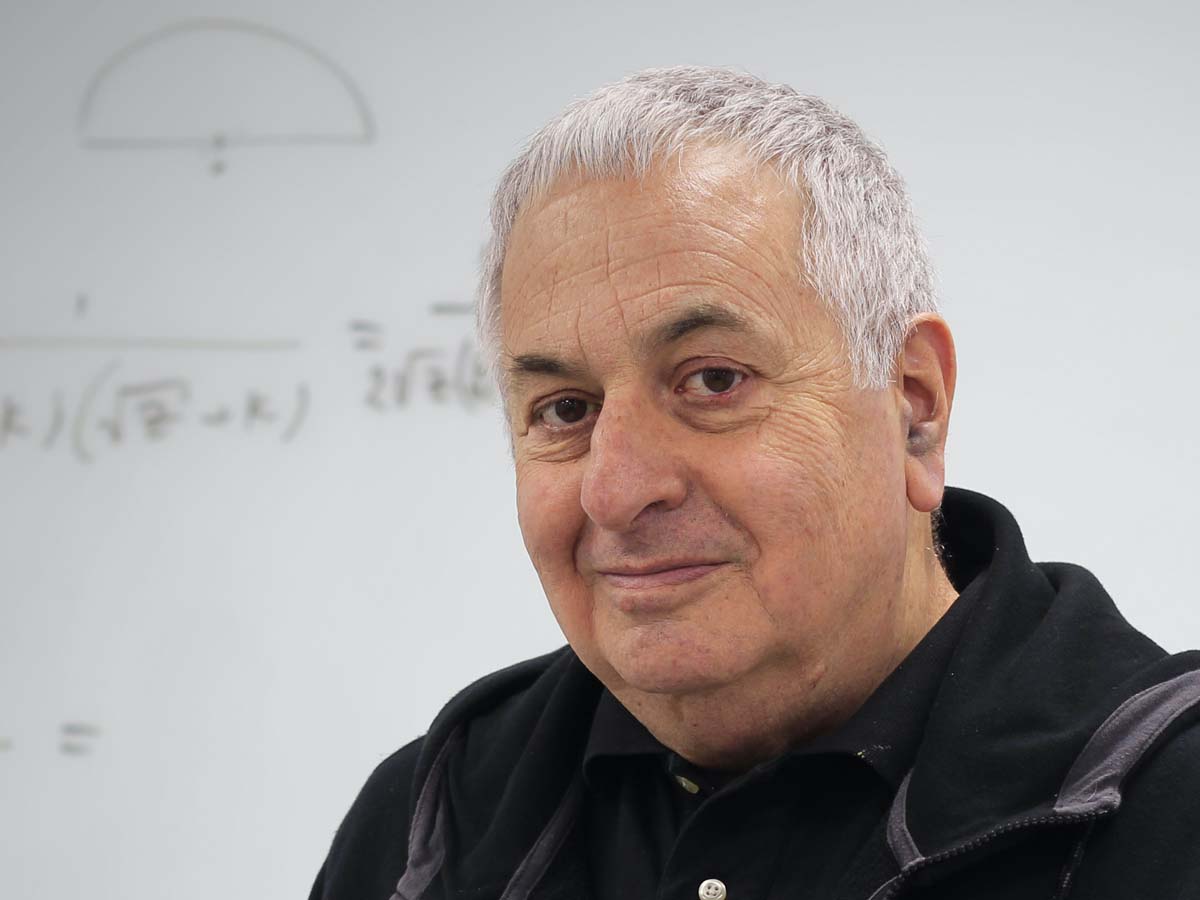
This assembly of researchers announced their revolutionary discoveries in a highly respected academic publication, the Monthly Notices of the Royal Astronomical Society. This journal, frequently recognized as the vanguard of astrophysical studies, provided the platform for their groundbreaking revelation.
The Proposed Theoretical Model: Feedback-Free Starburst (FFB)
How did these astrophysicists encounter this celestial revelation? The James Webb Space Telescope, a marvel of modern technology, was their window to the mysteries of the cosmos.
Launched in 2021, this cutting-edge telescope opened up a new vista of the universe. The revelation was nothing short of extraordinary: an unexpected abundance of massive galaxies in the early universe, much more than previous theories had allowed.
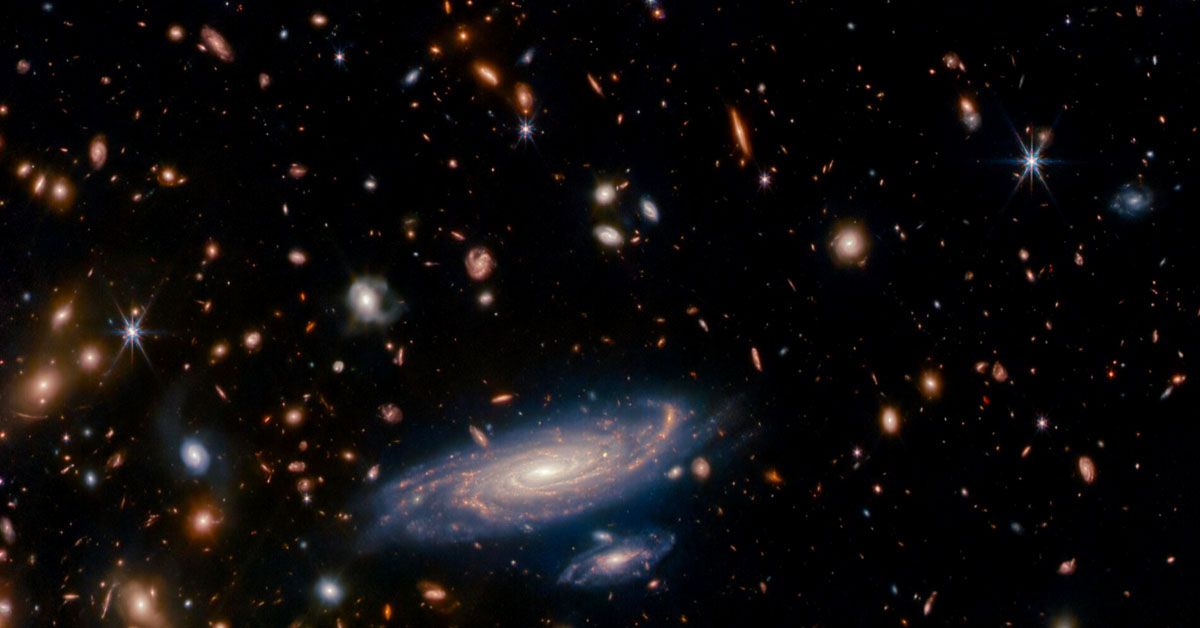
In stark contrast to conventional galaxy-formation theories, the FFB process suggests a more efficient mechanism for star formation within early, primordial galaxies. You see, standard theories argue that gas, primarily hydrogen, collapses into giant spherical clouds of dark matter, giving birth to the first population of stars.
However, the hitch is, only about 10% of the gas becomes stars due to various inefficiencies like the gas heating up or being blown out of galaxies. This low-efficiency process has always puzzled scientists, given the unexpected excess of massive galaxies observed in the early universe.
Here enters the revolutionary FFB process, offering a fresh perspective on this celestial puzzle. This theory argues that, under unique conditions in the early universe, these primordial galaxies were able to form stars with unusually high efficiency. But how did this happen?
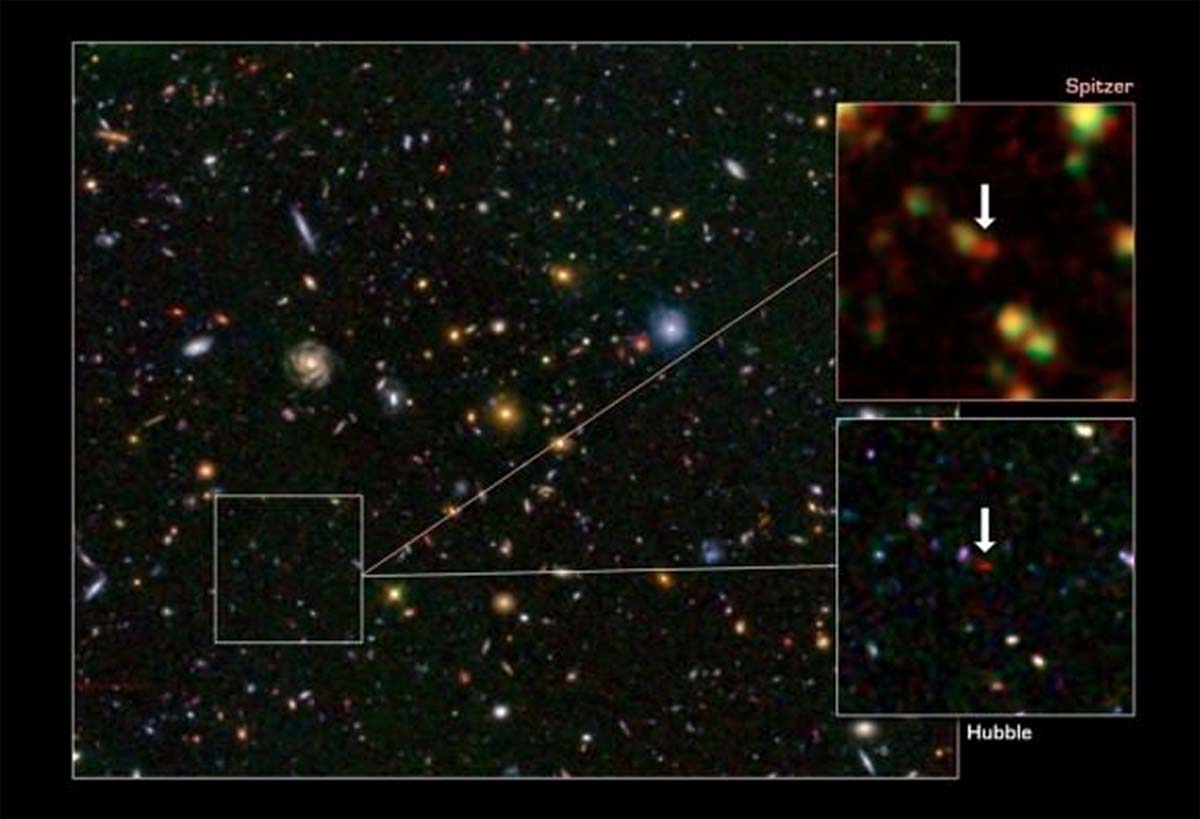
The FFB process proposes a scenario where massive, low-metallicity stars form rapidly. It's an environment where the gas in star-forming clouds collapses faster than massive stars can develop winds and explode as supernovae.
This timeframe allows the rest of the gas to continue collapsing into stars without interference from stellar winds and supernovae, resulting in a "feedback-free" starburst. So, instead of a mere 10%, a far more significant fraction of gas transforms into stars.
In essence, the FFB model suggests that the early universe's dense star-forming clouds and low abundance of heavy elements created conditions ripe for rapid and efficient star formation.
This high-efficiency star formation could explain the observed excess of massive galaxies, shaking up our understanding of early galaxy formation and offering a more comprehensive perspective of our universe's initial stages.
Challenging the Widely Accepted Cosmological Model
The observations of these seemingly "impossibly large" galaxies pose a significant challenge to the widely accepted cosmological model. As the new data suggests, the present theories need a serious rethink if our universe was brimming with massive galaxies half a billion years after the Big Bang.
The specific conditions within these early galaxies that allowed for such rampant star creation are a puzzle that scientists are now keen to piece together.
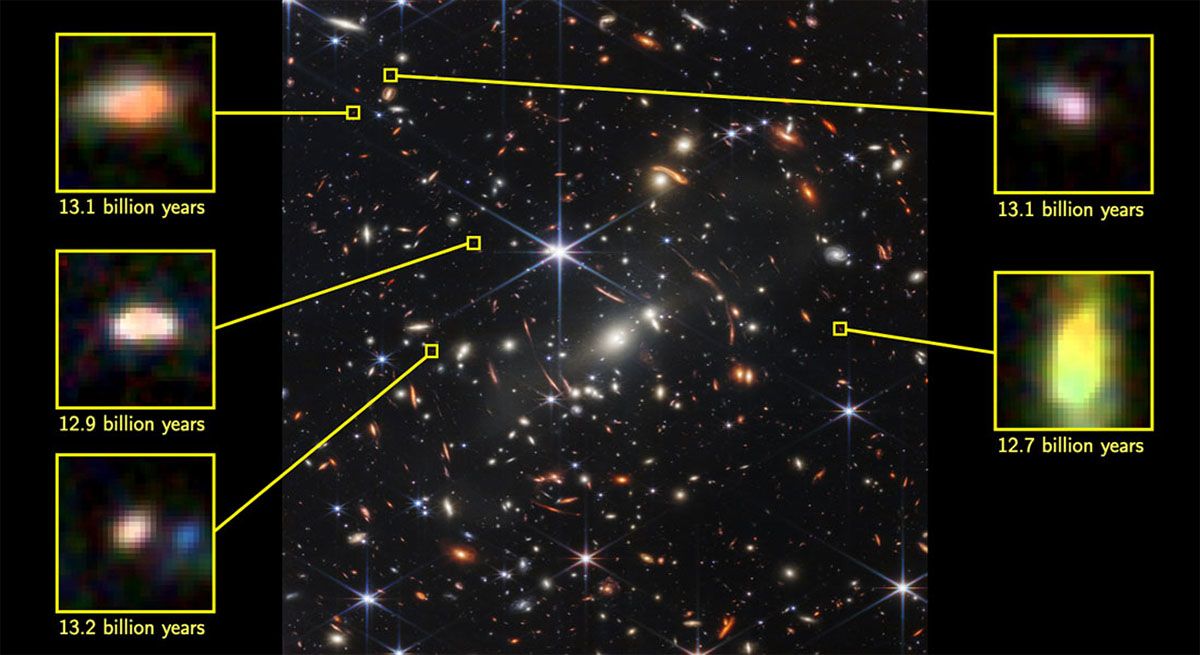
The "feedback-free starburst" (FFB) theory does more than reconfigure our perceptions of early galactic formation. It also has potential implications for decoding the enigma of black holes.
The proposal to explore the genesis of nascent black holes and their supermassive counterparts in subsequent galaxies unlocks new avenues to comprehend these mystifying celestial bodies.
The existence of primordial supermassive black holes spotted around a billion years post Big Bang, draws special attention, with anticipated future astronomical surveys likely to shed more light on these perplexing cosmic anomalies.
Future Observations with the JWST
The James Webb Space Telescope was a crucial instrument in this groundbreaking discovery. Launched in 2021, this impressive piece of technology has been sensitive to infrared light, allowing it to peer deep into the universe's past.
It has the remarkable ability to produce images of distant galaxies, opening new avenues for exploration and understanding. The telescope's unveiling of an excess of massive galaxies has sparked a wave of curiosity in the scientific community.
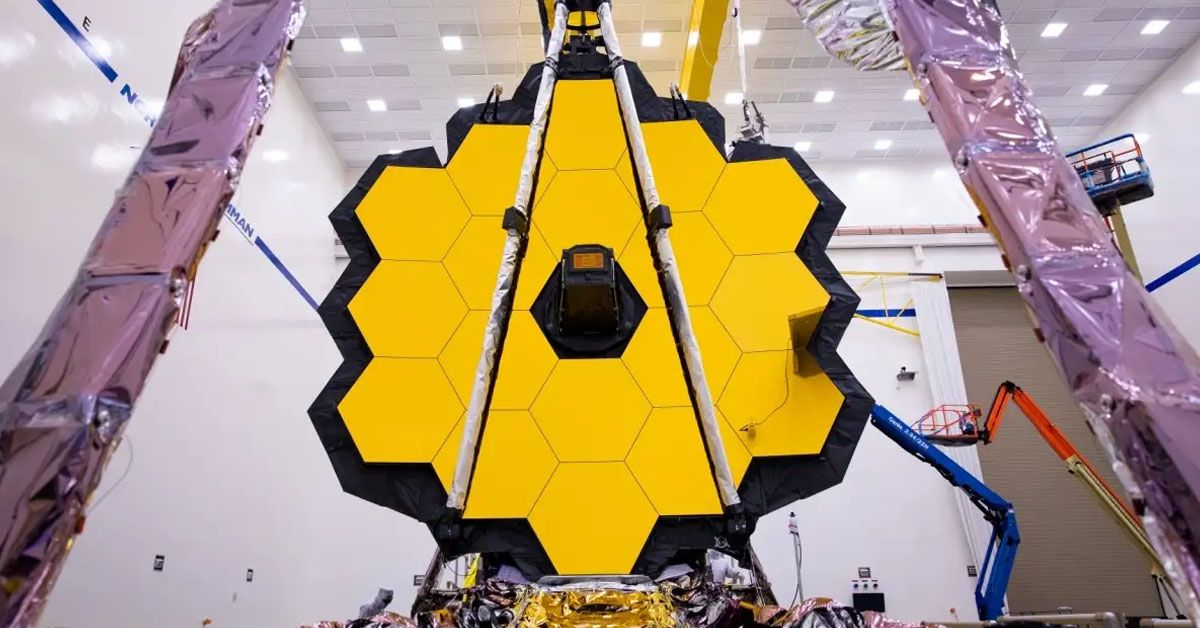
With this new model in place, the James Webb Space Telescope will continue to play a crucial role in examining its predictions. Future observations will focus on testing these assumptions, seeking to corroborate or challenge this fresh perspective.
In particular, scientists anticipate that new data might reveal the seeds of black holes among clusters of FFBs that underwent supernova, adding a new chapter to our understanding of these astronomical phenomena.
Sources: academic.oup.com / jpost.com
